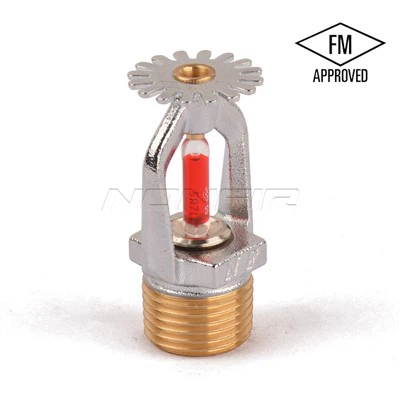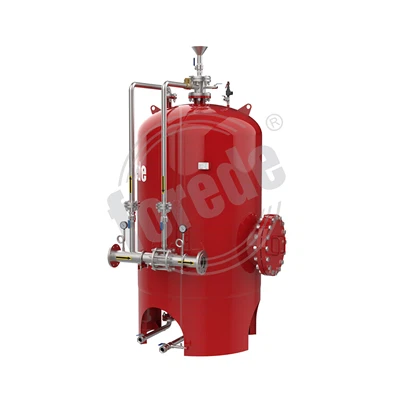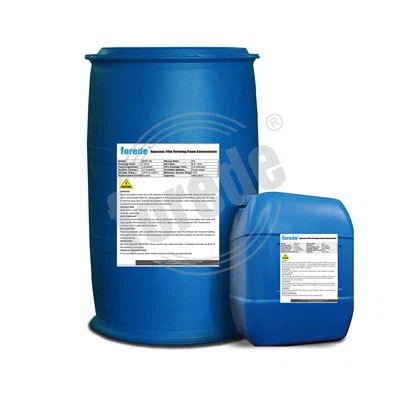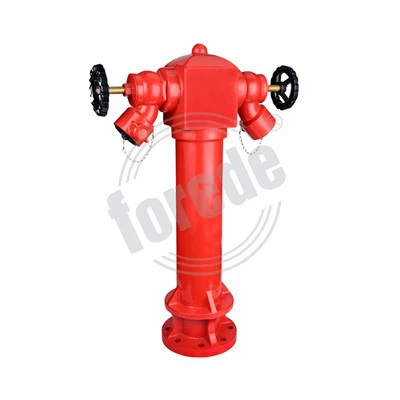FP Foam Compareto AFFF Foam

What is FP Foam and AFFF Foam?
FP Foam (Fluoroprotein Foam): A firefighting foam concentrate combining hydrolyzed protein (typically from animal by-products) with fluorinated surfactants. The protein provides a stable, heat-resistant foam blanket, while the fluorosurfactants enhance flow and fuel tolerance. It's designed for hydrocarbon fuels (e.g., gasoline, diesel, crude oil, jet fuel). FP foam is known for its slow drainage rate and long-lasting, adherent blanket. Variants include FFFP (Film Forming Fluoroprotein), which adds limited film-forming capability.
AFFF Foam (Aqueous Film-Forming Foam): A synthetic foam concentrate based on fluorinated surfactants (historically PFAS, now evolving), hydrocarbon surfactants, and solvents (glycols/glycol ethers). Its defining feature is the ability to form an aqueous film on the surface of hydrocarbon fuels. This film spreads rapidly ahead of the foam blanket, providing extremely fast fire knockdown. Standard AFFF is for hydrocarbons; AR-AFFF (Alcohol-Resistant AFFF) includes polymer thickeners to combat destruction by polar solvents (e.g., ethanol, acetone).
FP Foam: Primarily designed for blanketing/sealing and prolonged vapor suppression on hydrocarbon fuel fires. Its key mechanisms are:
Forming a Stable, Heat-Resistant Blanket: Creates a cohesive foam layer separating fuel from oxygen.
Slow Drainage: Releases extinguishing solution gradually, providing sustained cooling and burnback resistance.
Fuel Shedding/Resistance: Resists fuel pickup, maintaining integrity on the fuel surface.
AFFF Foam: Primarily designed for rapid fire knockdown and vapor sealing on hydrocarbon (and polar solvent with AR version) fires. Its key mechanisms are:
Forming an Aqueous Film: Spreads a thin water layer on the fuel surface, rapidly suppressing vapors and extinguishing flame.
Fast Flow & Knockdown: The foam solution flows quickly, allowing rapid coverage of large fuel surfaces.
Forming a Foam Blanket: Provides supplementary sealing and vapor suppression after knockdown.
FP Foam (including FFFP):
Fixed Protection: Storage tanks (cone roof, floating roof - especially with "subsurface" injection systems), tank farms/dike protection (monitors, chambers).
Industrial Facilities: Refineries, terminals, bulk storage handling hydrocarbons.
Applications Needing High Burnback Resistance: Where hot metal surfaces or reignition risk is high after initial knockdown.
FFFP: Used similarly to FP but offers slightly faster knockdown; common in European standards for tank protection.
AFFF (and AR-AFFF):
Aircraft Rescue & Firefighting (ARFF): The primary agent for rapid knockdown of spilled jet fuel fires on runways/around aircraft (handlines, turrets).
Spill Fires: Vehicle accidents, loading rack incidents, drum fires, transformer yard spills (using dielectric versions).
Industrial/Marine Spills: Flammable liquid spills in plants, on decks, docks.
Foam-Water Sprinkler Systems: Protecting hangars, warehouses with mixed hazards.
Hazmat Vapor Suppression: Blanketing non-burning spills.
AR-AFFF: Essential for incidents involving gasoline-ethanol blends (E85), acetone, methanol, or other water-miscible fuels.
| Characteristic | FP Foam (FFFP) | AFFF (AR-AFFF) |
|---|---|---|
| Knockdown Speed | Moderate (Good for FFFP) | Very Fast (Aqueous film) |
| Burnback Resistance | Excellent (Slow drainage, stable) | Good (Faster drainage) |
| Fuel Resistance | Very Good (Sheds fuel) | Excellent (Film forms barrier) |
| Vapor Suppression | Excellent (Durable blanket) | Excellent (Film + blanket) |
| Flow/Spreading | Moderate | Very Fast |
| Polar Solvent Use | No (Hydrocarbons only) | Yes (AR-AFFF version) |
| Drainage Rate | Slow | Moderate to Fast |
| Viscosity | Higher (Protein base) | Lower (Synthetic base) |
| Shelf Life | Shorter (Biodegradable protein) | Longer (Synthetic) |
| Film Formation | FFFP: Limited | Strong (Standard AFFF on hydrocarbons) |
| Common Proportioning | 3% or 6% | 1%, 3%, or 6% (AR-AFFF often 3%/6%) |
FP Advantages: Superior burnback resistance, very stable foam blanket, excellent fuel shedding, good performance on crude oil/heated fuels, generally lower cost than AFFF (historically), less prone to "pickup" in subsurface injection. FFFP Advantage: Faster knockdown than FP while retaining good burnback.
FP Disadvantages: Slower knockdown than AFFF, not suitable for polar solvents, higher viscosity (can be harder to proportion in cold weather, may require special inductors), shorter shelf life (requires more frequent testing/replacement), protein can degrade/odor if not maintained.
AFFF Advantages: Unmatched knockdown speed on hydrocarbons, excellent flow/spread, works with standard proportioning equipment, long shelf life, AR version handles polar solvents, lower viscosity. AR-AFFF Advantage: Essential protection for modern ethanol-blended fuels and chemical spills.
AFFF Disadvantages: Higher cost (especially quality AR-AFFF), faster drainage reduces burnback resistance vs FP/FFFP, severe environmental concerns with legacy PFAS-based formulations (leading to global phase-outs), potential freeze/thaw stability issues if not formulated correctly, requires precise proportioning for film formation.
Selection Criteria:
Fuel Type: Hydrocarbons only? FP/FFFP or AFFF. Polar solvents present? Must use AR-AFFF.
Critical Need: Speed (AFFF) vs. Long-term Security/Burnback (FP/FFFP).
Application Method: Subsurface injection? FP/FFFP often preferred. Monitors/Handlines? AFFF excels.
Environmental Regulations: PFAS phase-out mandates are driving adoption of Fluorine-Free Foams (F3) which perform more like FP/FFFP than AFFF. Legacy PFAS-AFFF use is heavily restricted/banned.
Total Cost: Consider concentrate cost, proportioning %, shelf life, maintenance.
System Compatibility: Viscosity, proportioning equipment, piping materials.
Standards/Approvals: Required approvals (UL, ICAO, IMO, MIL-SPEC, EN) for the specific application (e.g., ICAO Level B/C for ARFF requires fast knockdown akin to AFFF).
As a leading company in firefighting field,FOREDE has a wide product range including Fire Nozzle&Monitors, Fire Sprinkler Systems, Foam Systems, Fire Hydrant Systems,Fire Truck Accessories.etc.
Our address
Nan'an City, Quanzhou City Fujian PRC-China
Phone Number





















